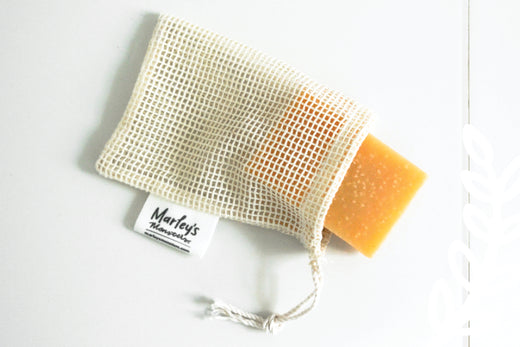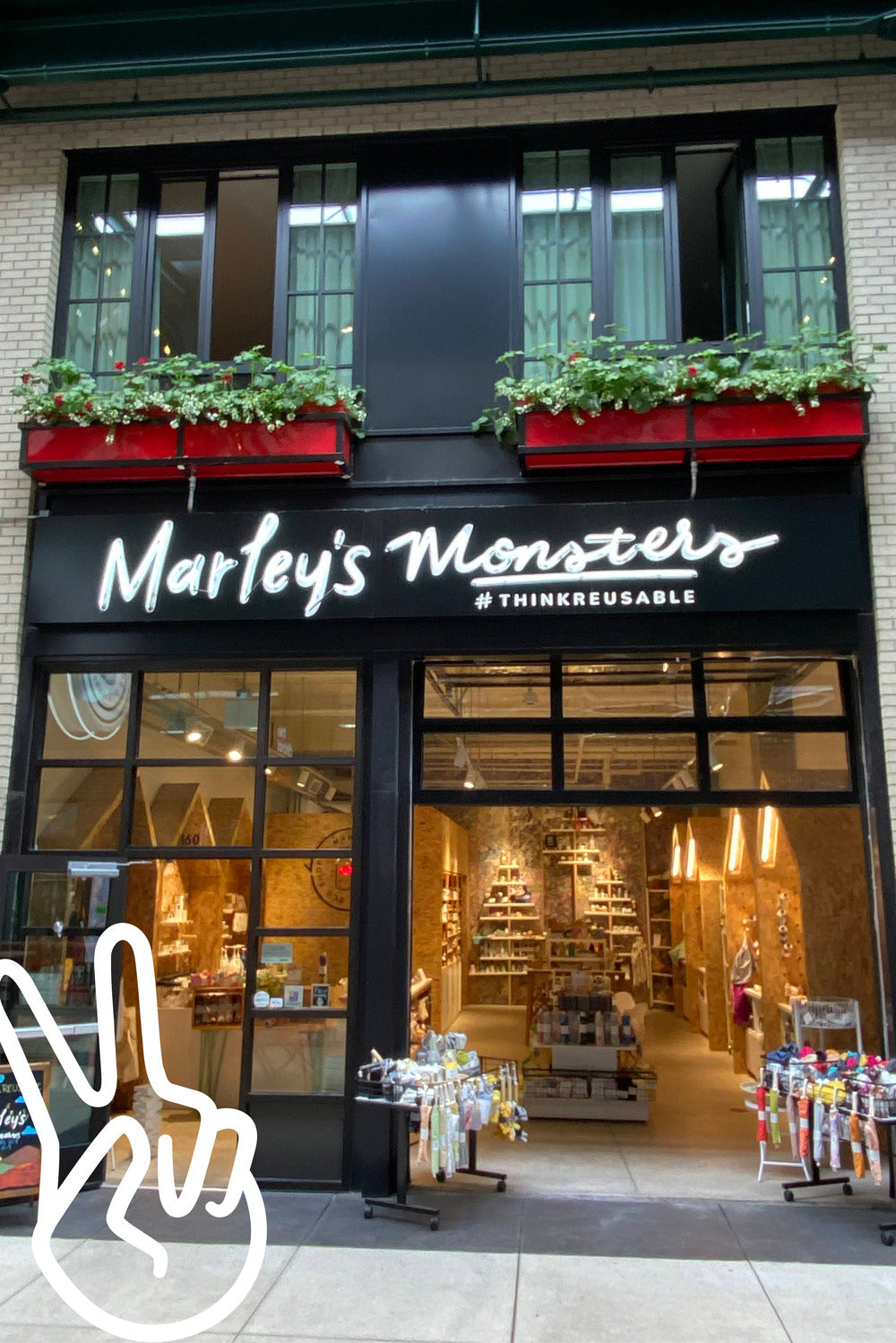Microplastics have become a growing environmental and health concern, infiltrating ecosystems and even our bodies. These tiny plastic particles, often less than five millimeters in size, are found in oceans, rivers, soil, and even the air we breathe. While much of the attention around microplastics focuses on packaging and industrial waste, everyday items like soap can also contribute to the problem. Soap saver bags that are free of microplastics offer a crucial solution for those looking to reduce their environmental impact and make healthier choices.

What Are Microplastics and Why Are They Harmful?
Microplastics come from a variety of sources, including the breakdown of larger plastic items, synthetic fibers in clothing, and even personal care products. These particles take hundreds of years to degrade, persisting in the environment and accumulating in marine and terrestrial ecosystems. When marine life ingests microplastics, it can lead to physical harm, starvation, and even death, disrupting the delicate balance of aquatic ecosystems. Over time, these particles travel up the food chain, ultimately reaching humans through seafood and other affected food sources. Research estimates that humans ingest around 5 grams of microplastics weekly—roughly the weight of a credit card.
Beyond environmental harm, microplastics pose significant risks to human health. Studies suggest they may disrupt hormones, contribute to inflammation, and act as carriers for harmful chemicals. Although research into long-term effects is ongoing, the evidence points to a troubling link between microplastics and various health concerns.
Why Are Microplastics Dangerous for Humans?
The infiltration of microplastics into human bodies is a growing concern with implications that extend beyond environmental issues. When consumed through contaminated food or water, microplastics can accumulate in vital organs, including the liver and kidneys, potentially interfering with their function. Emerging research suggests that microplastics may disrupt endocrine activity, leading to hormonal imbalances that affect metabolism, reproduction, and overall health.
Moreover, microplastics often carry toxic chemicals, including pesticides and industrial pollutants, which can leach into the body. These substances have been linked to chronic inflammation, oxidative stress, and increased risks of diseases such as cancer and cardiovascular conditions. The potential for microplastics to cross biological barriers, such as the blood-brain barrier, raises further questions about their long-term impact on neurological health.
Although scientists are still unraveling the full extent of these risks, the evidence highlights the need to reduce exposure to microplastics in everyday life. Adopting microplastic-free alternatives, like natural soap saver bags, is a small but impactful way to protect your health.
How Soap Saver Bags Reduce Microplastic Pollution
Traditional soap dishes and loofahs often contain plastic components that can shed microplastics over time. Soap saver bags made from natural fibers like cotton, sisal, or hemp provide a microplastic-free alternative that is both practical and eco-friendly.
By choosing soap saver bags made from natural materials, you eliminate a source of microplastic pollution in your daily routine. Natural fibers are also gentler on the skin, avoiding irritation that synthetic materials can cause. Additionally, soap saver bags help you use every last bit of soap, reducing waste and saving money—a win for both the planet and your wallet.
Choosing the Right Soap Saver Bag
When shopping for a soap saver bag, prioritize products made from 100% natural materials. Avoid bags with synthetic blends or coatings, as these can contribute to microplastic pollution. Hemp and sisal bags are particularly durable and effective, making them excellent choices for long-term use. To ensure you’re making an eco-friendly choice, look for certifications or product labels that confirm the bag is biodegradable.
Maintaining your soap saver bag is just as important as choosing the right one. Rinse and hang the bag to dry after each use to prevent mold or mildew. Replace the bag every few months if it shows signs of wear, and compost it at the end of its life if it’s made from biodegradable materials. These small steps ensure your soap saver bag remains hygienic and effective.
Why Switching Matters
By choosing microplastic-free soap saver bags, you contribute to a healthier planet and protect yourself from potential health risks. Microplastics are a pervasive issue, but solutions like natural soap saver bags provide an easy way to take action. Reducing reliance on plastic-heavy bathroom products is a simple yet impactful step toward a sustainable lifestyle.
These changes may seem small, but they add up over time. Each eco-friendly choice, like swapping out a plastic loofah for a natural soap saver bag, helps combat the growing threat of microplastics. Together, these decisions support a cleaner, healthier world for future generations.




